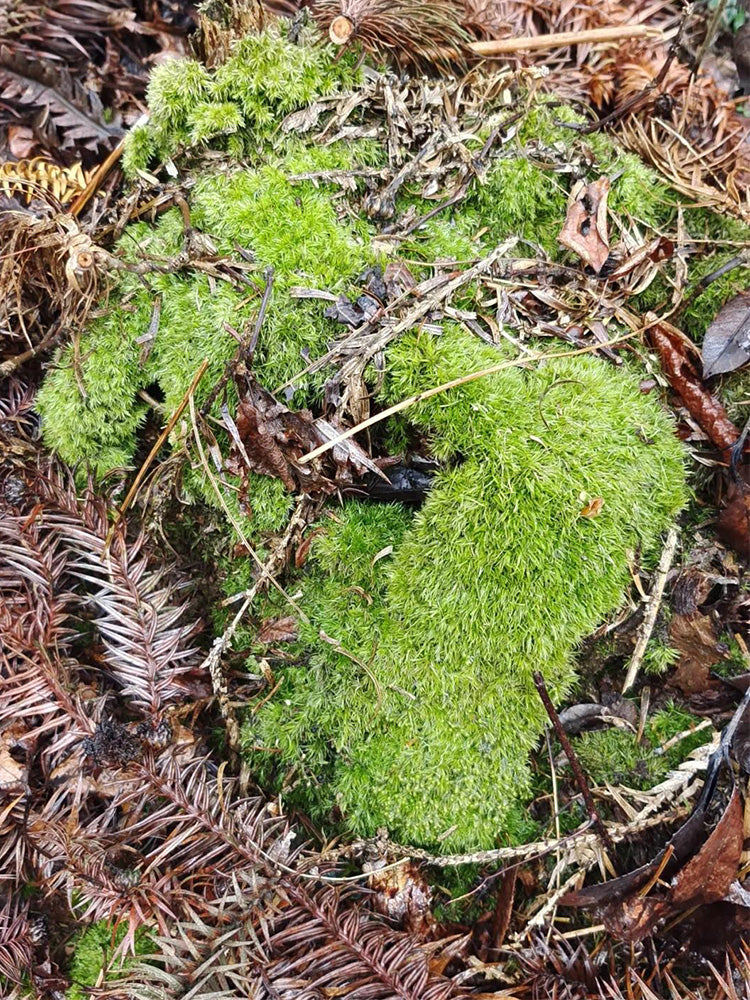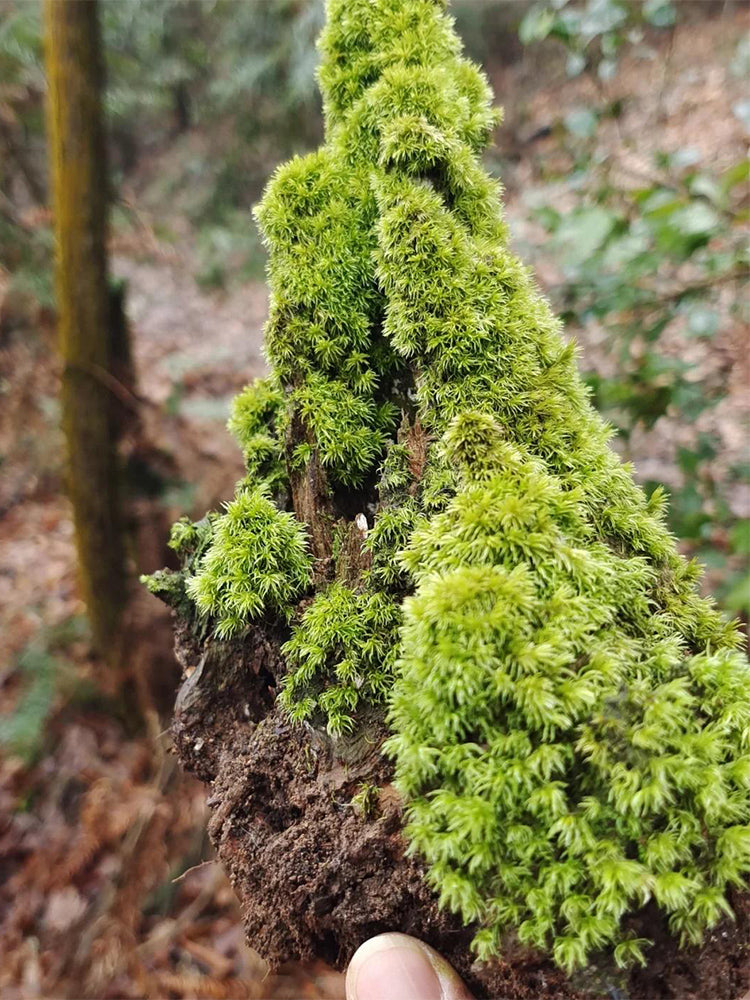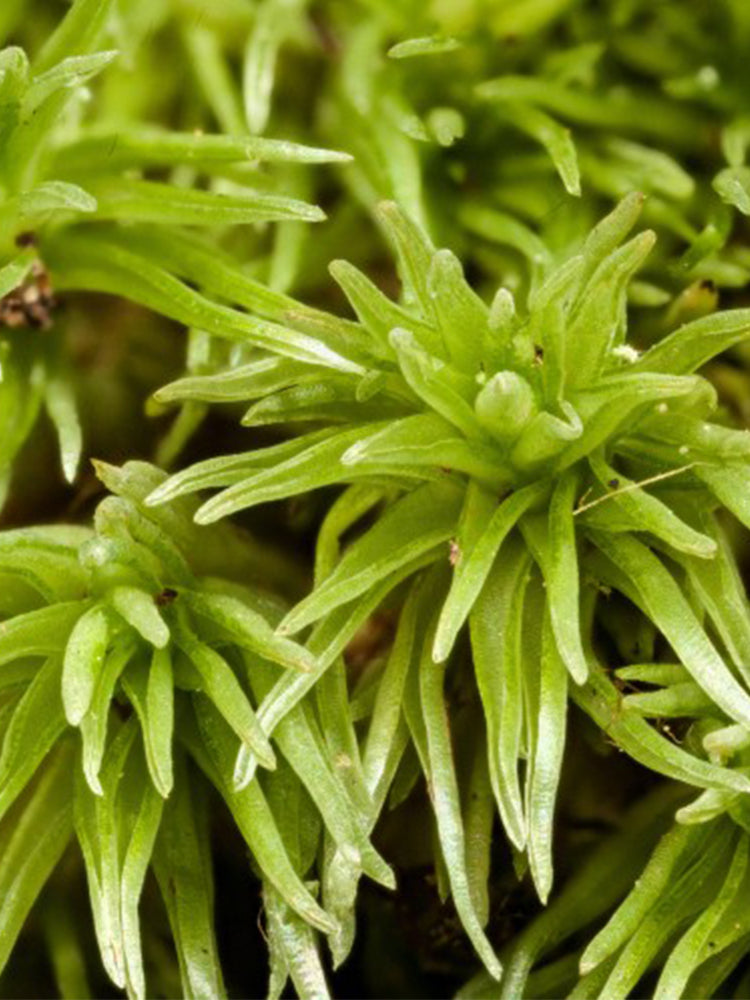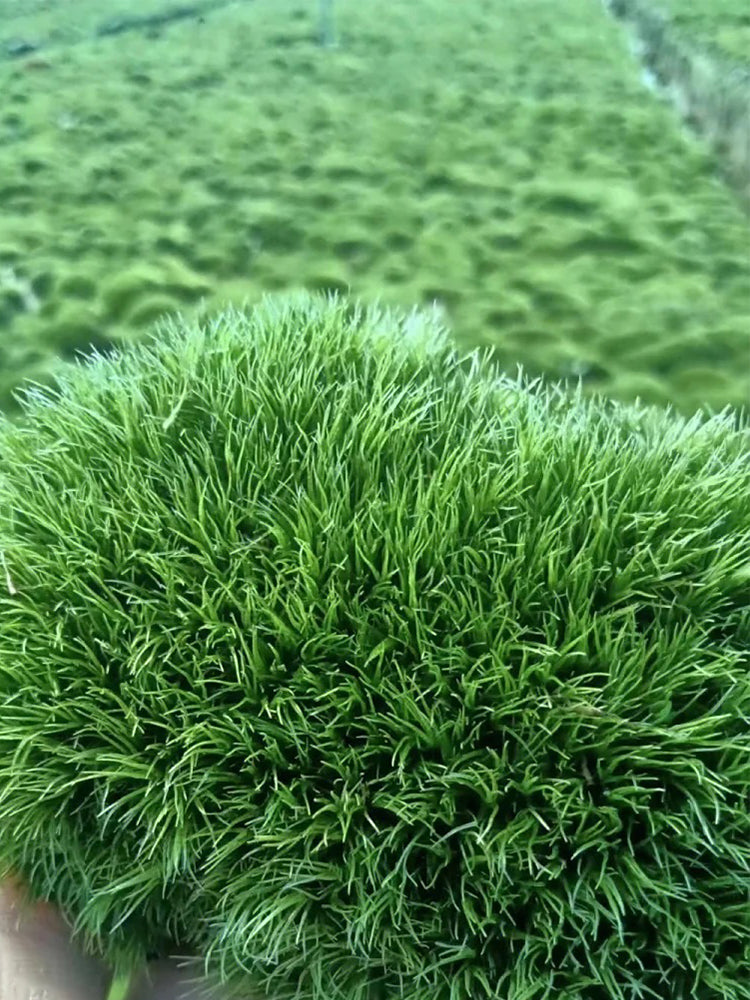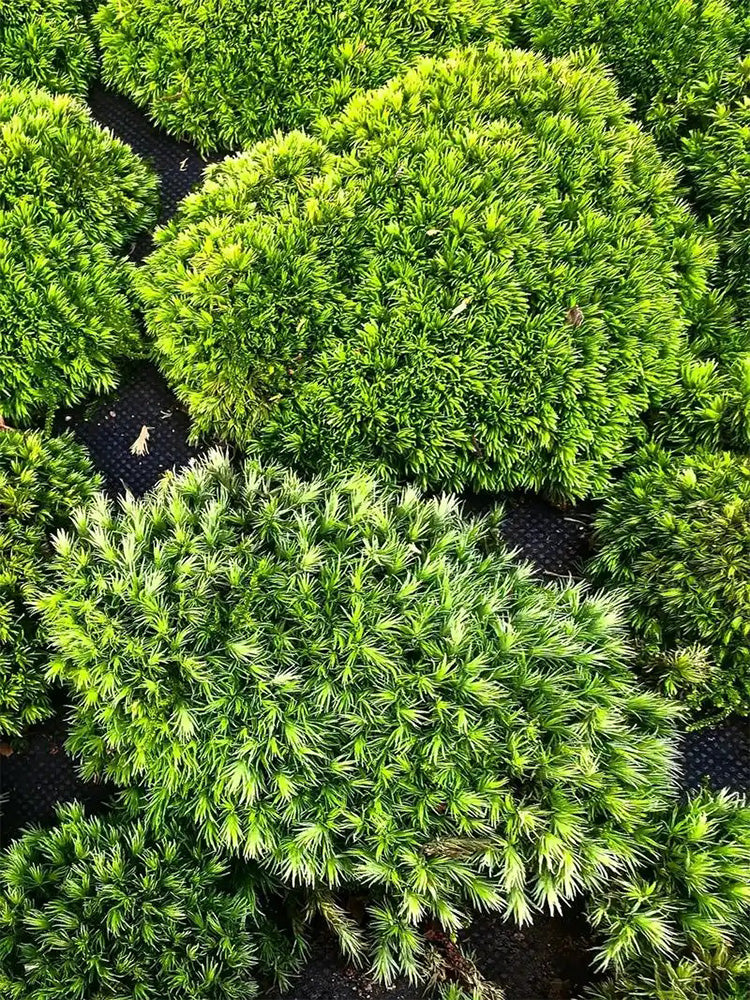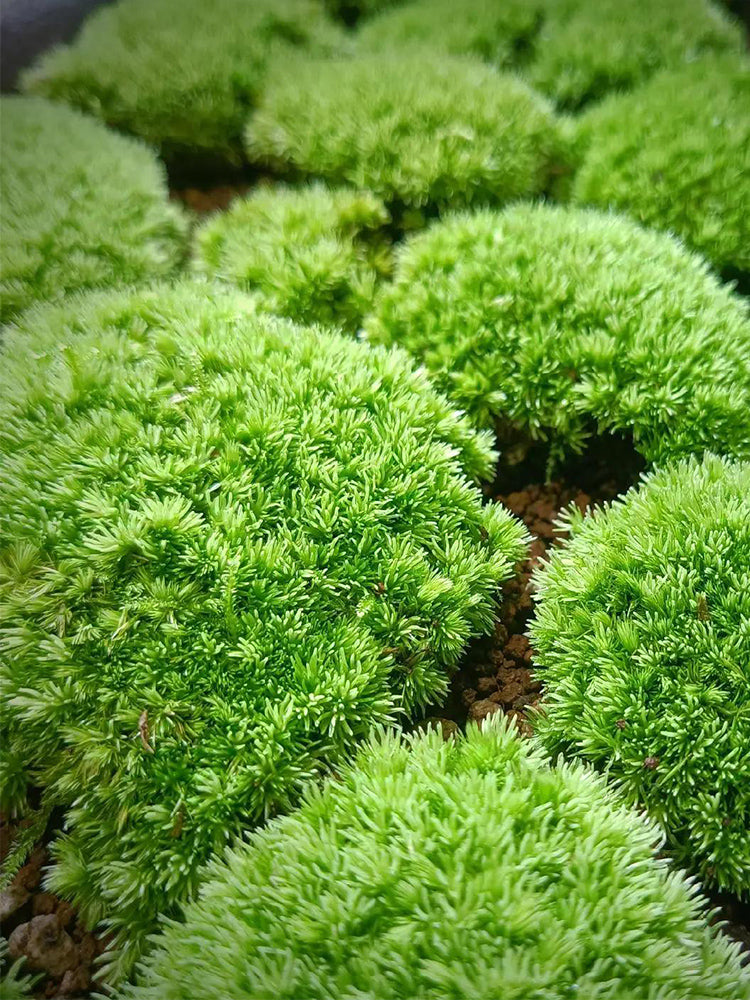BELLFARM
White Cushion Moss (Leucobryum glaucum)
Sale
Sold out
Regular price
$5.99 USD
Regular price
$10.99 USD
Sale price
$5.99 USD
Unit price
per
Couldn't load pickup availability
-
5-14 Days delivery.
-
Ship out within 24 hours.
Main Characteristics of the Variety:
- White Cushion Moss (Leucobryum glaucum) belongs to the genus Leucobryum in the family Leucobryaceae. It forms irregular dense clumps or scattered patches. The plant ranges from small to large in size, growing in compact, cushion-like clusters, and exhibits a pale to gray-green or grayish-white coloration. The stems are erect or ascending, typically reaching 2 cm in height, though some individuals may grow up to 8 cm with sparse, irregular branching.
- The leaves are densely arranged, with a sheath-like base that is long-ovate or elliptical, tapering into a lanceolate to narrowly lanceolate shape upward. The leaf cells show considerable variation in morphology, with a smooth surface, and the alar cells may be differentiated or undifferentiated. This species is predominantly dioecious. The seta is elongated, either straight or curved like a goose’s neck. The capsule is erect or inclined, varying from ovoid to cylindrical or oblong, and bears stomata. The annulus may be present or absent, the operculum usually has a beak, and the calyptra is cucullate or campanulate.
- Notably, the leaves consist primarily of large, hyaline cells, enabling them to retain water several to over ten times their own weight. As a result, this moss serves as an excellent packing material for transporting seedlings and is an essential component in moss terrariums or miniature landscapes.
- White Cushion Moss (Leucobryum glaucum) belongs to the genus Leucobryum in the family Leucobryaceae. It forms irregular dense clumps or scattered patches. The plant ranges from small to large in size, growing in compact, cushion-like clusters, and exhibits a pale to gray-green or grayish-white coloration. The stems are erect or ascending, typically reaching 2 cm in height, though some individuals may grow up to 8 cm with sparse, irregular branching.
- The leaves are densely arranged, with a sheath-like base that is long-ovate or elliptical, tapering into a lanceolate to narrowly lanceolate shape upward. The leaf cells show considerable variation in morphology, with a smooth surface, and the alar cells may be differentiated or undifferentiated. This species is predominantly dioecious. The seta is elongated, either straight or curved like a goose’s neck. The capsule is erect or inclined, varying from ovoid to cylindrical or oblong, and bears stomata. The annulus may be present or absent, the operculum usually has a beak, and the calyptra is cucullate or campanulate.
- Notably, the leaves consist primarily of large, hyaline cells, enabling them to retain water several to over ten times their own weight. As a result, this moss serves as an excellent packing material for transporting seedlings and is an essential component in moss terrariums or miniature landscapes.
